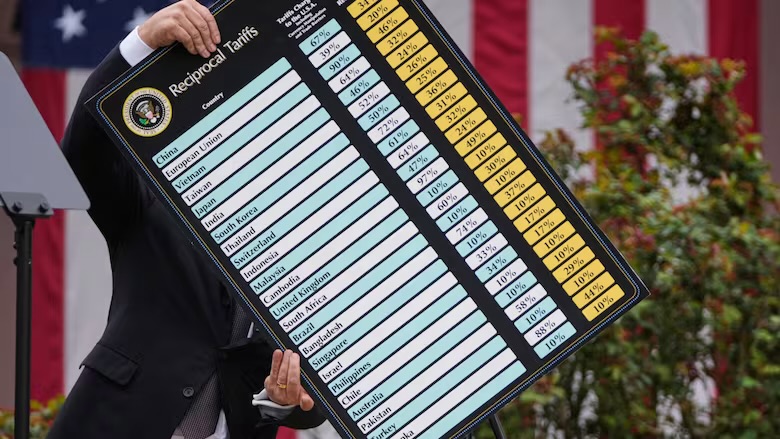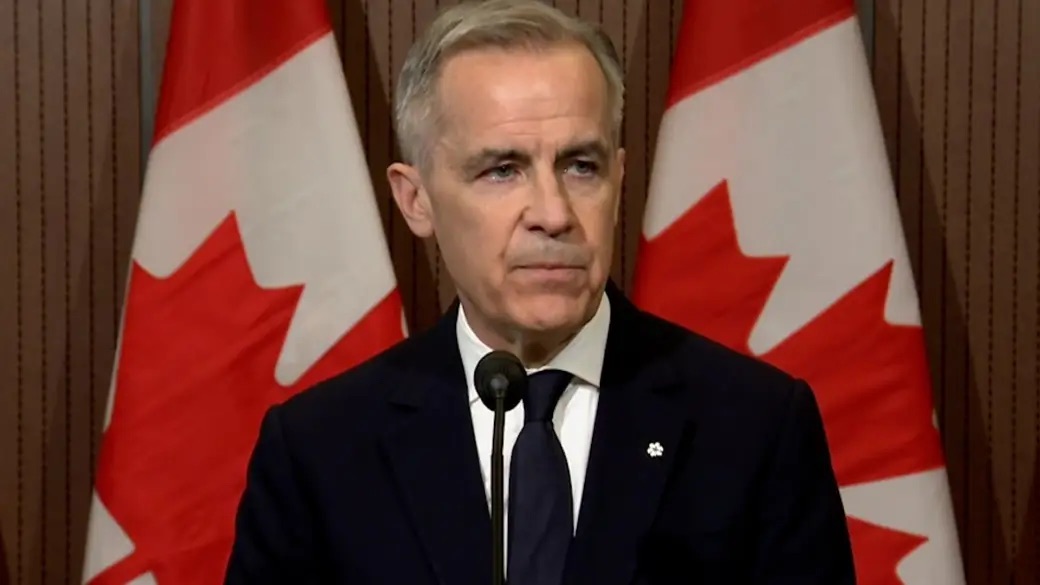Rewriting the Rules: Tax Breaks for Made-in-Canada Investments
Picture this: a business owner sells an aging property. Instead of watching a large part of their gain disappear into tax payments, they channel every dollar into a new factory on Canadian soil. Under Poilievre’s proposal, such reinvestments would trigger no immediate capital gains tax. The tax clock pauses, ticking only when profits are cashed out permanently or sent outside Canada’s borders.
This tax deferral window opens on July 1, 2025, and runs until December 31, 2026. But if the plan fires up the economic engines as promised, Poilievre envisions making it a permanent fixture in Canada's financial playbook.
The Sparks Behind the Strategy
While the mechanics are financial, the motivations are as much political and strategic as they are economic. Poilievre paints his proposal as “rocket fuel” for industries starved of incentives to stay north of the border. With $460 billion reportedly fleeing Canadian markets in 2023 and the country producing $25 less GDP per hour than its American counterparts, the Conservative leader warns that Canada risks fading into economic obscurity under current Liberal leadership.
Casting a bold contrast, he positions this reinvestment break as a way to revive homegrown manufacturing, homebuilding, energy, and mineral development—strengthening Canada’s foundation in the face of U.S. tariffs and competition.
Pitting Capital Against Carney
But Poilievre’s rollout wasn’t just economic—it was clearly political. He took aim at Mark Carney, the Liberal heavyweight and former Bank of Canada Governor, accusing him of overseeing an investment exodus to the U.S. He also jabbed at Prime Minister Trudeau’s record, citing the lowest GDP growth per person in the G7.
“This isn’t trickle-down economics,” Poilievre declared. “It’s turn-the-tap-on economics.” His approach, he argues, puts decision-making power in the hands of Canadian investors rather than out-of-touch government gatekeepers.
Sector by Sector: Where the Dollars Go
In practical terms, the policy zeroes in on tangible, job-generating opportunities. A mining company can sell an old site and use the profits tax-free to explore new territory. A housing developer might liquidate dated assets and route every penny into affordable housing. It's a reinvestment loop aimed at boosting productivity and job creation without expanding federal deficits.
Campaign Undercurrents and Political Pushback
The policy announcement came amidst internal noise within the Conservative campaign—reports of conflicting messages and concerns from veteran strategists. But Poilievre brushed it off, doubling down on tax relief as his guiding campaign compass.
On the other side of the aisle, NDP Leader Jagmeet Singh countered with his own prescription for Canada’s housing woes: low-interest loans to first-time buyers rather than corporate tax breaks. Meanwhile, the Liberals found themselves on the defensive after one of their candidates made headlines for controversial remarks—fuel on the fire for Poilievre’s critique of their stewardship.
As Canada works to find its footing in a challenged global economy, Poilievre’s Canada First Reinvestment Tax Cut places a wager on self-reliance, private ingenuity, and redirected capital. The coming months will determine whether this tax deferral can indeed charge a new era of Canadian prosperity—or remain a campaign promise in waiting.









